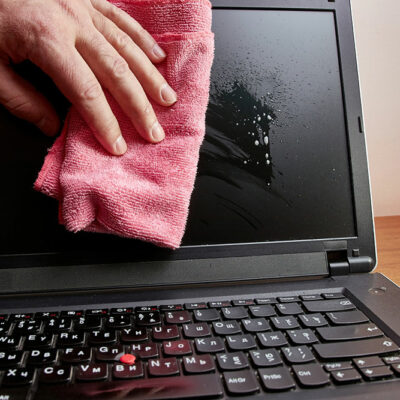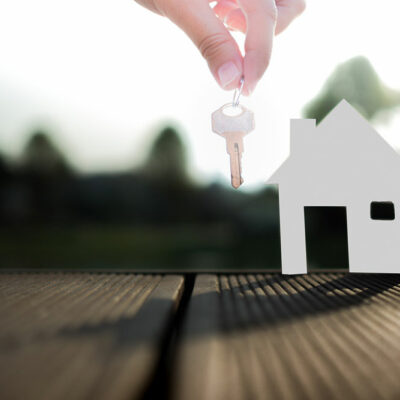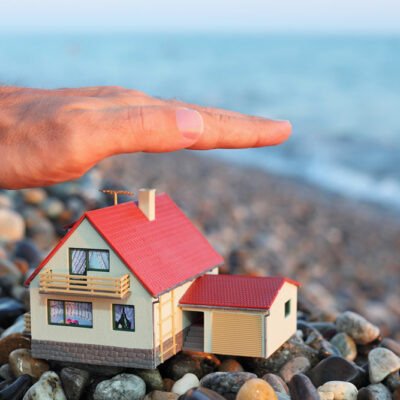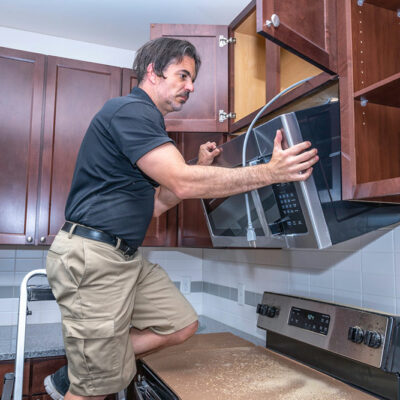home
7 mistakes to avoid when selling a house
Selling a house can be overwhelming yet time-consuming, similar to buying one. One may sell one’s house when downsizing, relocating, or trying to take advantage of a hot housing market. The process of selling a house has many steps and connected elements, which may cause one looking to sell the house to make certain errors. Avoiding these mistakes is crucial to safeguarding one’s finances and ensuring a smooth house-selling process. Misjudging the cost of selling Closing costs make up the largest portion of home-selling expenses. A few years ago, closing costs were estimated at 1 percent of the total sale price of houses. This percentage tends to fluctuate depending on the state of a given house and other factors related to the house sale transaction. Apart from closing costs, other expenses include preparing one’s home for listing. Then, if necessary, the costs are also associated with home improvements and repairs. All these costs mean that one may spend more than thousands of dollars when one decides to sell the house. Setting an unrealistic price tag When one sells one’s home, the temptation is always to price it as high as possible and then cash in on it once it is sold.
Read More 









